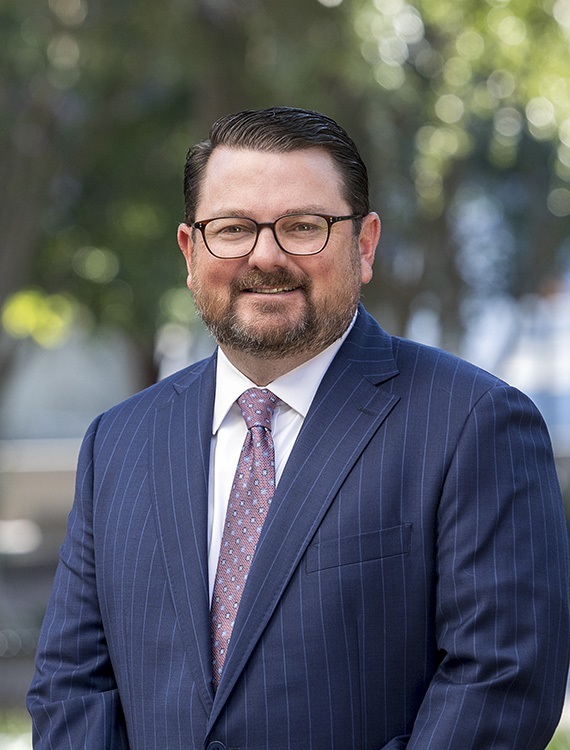Market Showing Improvement in Small Steps

Almost a year ago, the Florida legislature passed significant reforms aimed at mitigating concerns in Florida’s residential property insurance market. At the time, the market was characterized by numerous insurer insolvencies, reduced appetites among admitted market insurers, rising rates and increasing reinsurance costs.
At the time, policymakers urged patience because it would take months and even years before the reforms would lead to improvement. Most said it would take 18-24 months. Some suggested 24-36 months would be more realistic. Now less than a year later, we see frequent articles and commentary suggesting the reforms were ill-conceived because they have not produced lower rates. This ignores the long cycles associated with changes in the insurance industry. Said more simply, we cannot expect changes that were always expected to take 24-36 months to be effective to have worked in less than 12 months.
In realty, the market is showing clear signs of improvement. It’s true that some of the changes are small and incremental– that’s the nature of transitioning from having the worst residential property insurance market in anyone’s memory to ultimately restoring a market that is competitive. There will be small steps along that way that collectively result in improvement over the course of months and years.
The Florida market has seen several new entrants this year after having negligible new company formations in the years prior. Capital providers’ renewed interest in supporting Florida residential property insurance is a clear positive sign. Similarly, a number of insurers have sought to assume policies from Citizens Property Insurance Corporation (Citizens). Citizens is intended to serve as a residual market for policyholders who cannot find coverage elsewhere. In hard markets, Citizens grows as policyholders have fewer admitted market options. This growth is compounded by a statutory cap on Citizens’ rates that results in its rates significantly lagging the actuarially-sound rates of the private market.
On the surface, insurers’ interest in assuming policies from Citizens is another encouraging sign for the market. Looking deeper, the signs are even more favorable taking into account the rate disparity between Citizens and the private market. Insurers are identifying tens, even hundreds, of thousands of policies that are desirable for assumption. Many of these policies can remain in Citizens’ because its statutorily-suppressed rates are well below actuarially sound levels. However, as rate levels in the admitted market moderate and Citizens’ rates catch up over time, admitted market writings will continue to increase and Citizens’ policy count (and assessment potential) will decrease.
The Florida residential property market is influenced by many factors. Some of these factors, like the reforms enacted last year, are within the control of policymakers. Other factors are not, including the rising costs of building materials and labor, other inflationary pressure in the economy, and increasing coastal concentrations. The presence of other complex factors does not mean the intended reforms aren’t working— to the contrary, they underscore the necessity of the legislature’s actions last year. Without those actions, there’s no question the Florida property market would be in worse condition today than it was a year ago.
The market is not fixed. Conditions remain challenging in many respects– but there’s no question they are improving and will continue to improve the coming months.












